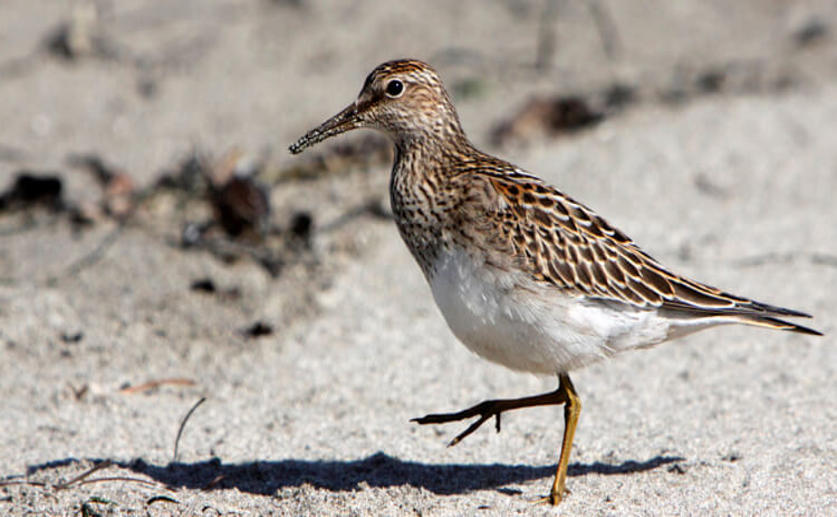
This archived news article is over 5 years old.
Male Pectoral Sandpipers Will Travel Over 8,000 Miles to Search for Mating Opportunities
David Jennings
10th January, 2017


David Jennings
10th January, 2017
